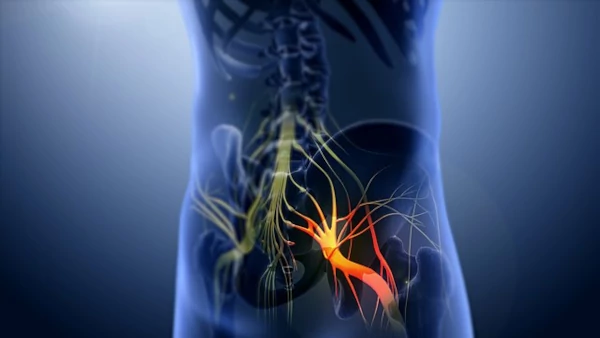Sciatica is a painful condition caused by irritation or compression of the sciatic nerve. It typically presents with symptoms such as sharp pain, numbness, or tingling sensations in the lower back, hips, and legs. While most cases of sciatica can be managed with conservative treatment options, such as physical therapy or medication, there are instances where surgery may be necessary. In this blog post, we will discuss the situations in which surgery for sciatica is necessary.
When is Sciatica Surgery Necessary?
Sciatica surgery is considered a last resort option when all other conservative treatment options have failed to provide relief or when the sciatica pain is severe and affecting the quality of life. In general, sciatica surgery may be necessary for the following situations:
1. Severe and Long-Lasting Symptoms
If the sciatica pain is severe and has lasted for several months or longer, despite trying other conservative treatment options, surgery may be necessary to provide long-term relief.
2. Nerve Compression
If the sciatica pain is caused by nerve compression due to a herniated disc, spinal stenosis, or bone spurs, surgery may be necessary to relieve the pressure on the affected nerve.
3. Loss of Function or Mobility
If the sciatica pain has resulted in the loss of function or mobility, surgery may be necessary to restore normal function and prevent further damage.
What are the Types of Sciatica Surgery?
There are several types of sciatica surgery, depending on the underlying cause of the condition. The most common types of sciatica surgery include:
1. Discectomy
A discectomy involves the removal of the herniated or damaged disc that is pressing on the sciatic nerve.
2. Laminectomy
A laminectomy involves the removal of a portion of the vertebra to relieve pressure on the affected nerve.
3. Spinal Fusion
A spinal fusion involves fusing two or more vertebrae together to stabilize the spine and reduce pressure on the affected nerve.
What are the Risks of Sciatica Surgery?
As with any surgical procedure, sciatica surgery carries certain risks and complications. The risks may include bleeding, infection, nerve damage, and spinal fluid leaks. It’s important to discuss the potential risks and benefits of surgery with a healthcare professional before making a decision.
Conclusion
Sciatica surgery is a last resort option for treating sciatica pain that has not responded to conservative treatment options. It may be necessary for situations where the pain is severe and affecting the quality of life or causing loss of function or mobility. It’s important to discuss the potential risks and benefits of surgery with a healthcare professional to make an informed decision.
FAQs
What is the success rate of sciatica surgery?
Sciatica surgery has a high success rate in providing relief from pain and other symptoms. However, the success rate may vary depending on the underlying cause of the condition and the type of surgery performed.
Is sciatica surgery a painful procedure?
Sciatica surgery is typically performed under general anesthesia, so patients do not experience any pain during the procedure. However, some pain and discomfort may be expected during the recovery period.
How long does it take to recover from sciatica surgery?
The recovery period for sciatica surgery may vary depending on the type of surgery performed and the individual’s overall health. Generally, it may take several weeks to months to fully recover from the procedure.
Can sciatica surgery cause further complications?
As with any surgical procedure, there are risks and complications associated with sciatica surgery, such as bleeding, infection, and nerve damage. However, these risks can be minimized by choosing an experienced surgeon and following post-operative instructions.
Are there alternative treatment options to sciatica surgery?
Yes, there are several alternative treatment options for sciatica, such as physical therapy, medications, and lifestyle changes. These options should be explored before considering surgery
Interested in learning more about how to manage your sciatica pain? Check out our related blog posts
- Comprehensive Guide to Sciatica: Symptoms, Causes, Diagnosis, and Treatment Options Read More …
- How Physiotherapy Treatments Can Help with Sciatica? Read more …
- 5 Ways to Relieve Sciatica Pain at Home Read more …
- Lifestyle Changes for Sciatica Pain Relief Read more …
- The Role of Exercise in Managing Sciatica Read more …
- Living with Sciatica: Coping Strategies and Tips Read more …



